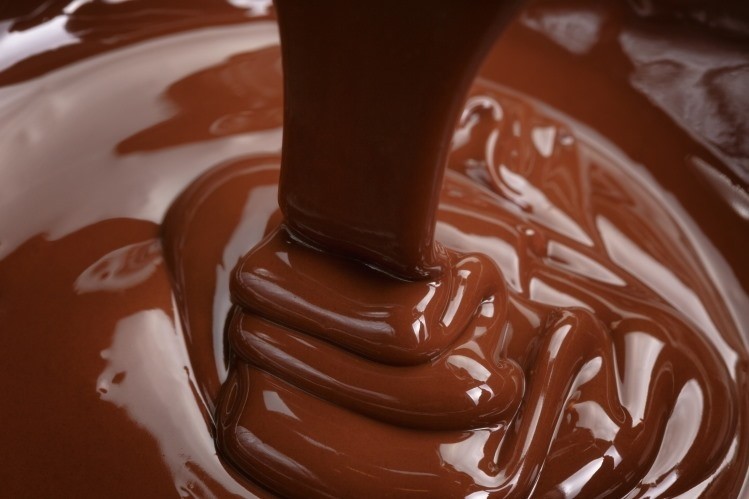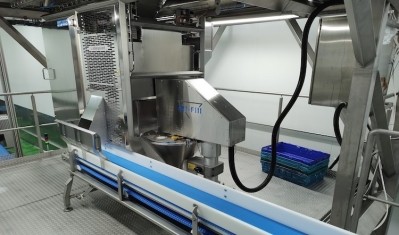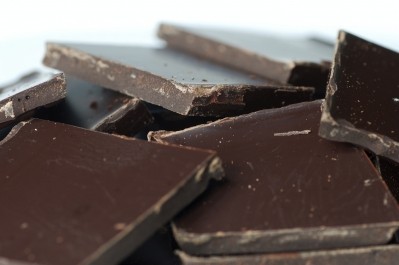Opinion
Piping hot technology with sweet return on investment: Expert comment

What if chocolate manufacturers could reduce energy output and waste, cut the health risks associated with production and have the capability to measure and manage operations from any site, all while reducing operational costs? Seem too good to be true? That’s what I used to think…
The average Brit consumes over 7,000 chocolate bars in a lifetime, spending hundreds of pounds per year on the indulgence.
Without needing to reach for your calculator, it’s easy to understand just how much chocolate needs to be manufactured by our favourite brands to satisfy our nations’ needs. We’re talking about hundreds of factories with kilometres of hot pipes, transforming tonnes of cocoa beans into boxes of packaged bars to be transported across the world. This is a considerable operation to manage.
Despite Roald Dahl’s vision of a future confectionery plant all the way back in the mid-twentieth century, most chocolate manufacturing processes are surprisingly dated and inefficient. In fact, some plants I visit still have no digital capabilities at all.
Traditionally, two pipes are used to transport chocolate around a factory. A small, thin pipe, typically of a few inches in diameter, is used to transport the liquid chocolate, while a second, larger hot water-filled pipe wraps around the inner pipe to keep the chocolate warm.
The state of chocolate
Temperature and state are of vital importance. Solid at room temperature, chocolate needs to be heated to the optimum temperature and transferred through long passages of pipes as a liquid. Any miscalculations, errors or downtime leaves manufacturers with a sticky (and expensive) mess.
Heating high volumes of water is an energy-intensive process and is often prone to downtime which can result in costly maintenance and ruined batches of solidified chocolate. The high energy demands are not only expensive, but wasteful since most of the heat from the pipe escapes into the factory.
This solution is not only energy-intensive, but it also has the potential to cause significant dangers to health if either pipe was to leak.
For example, corrosion of the inner pipe could mean that water drips into the chocolate mixture. The danger here is that the mix of water and chocolate together creates a breeding ground for bacteria such as salmonella. Such events have happened several times in the past, with high profile cases costing confectioners tens of millions.
A new system seems well overdue. This is exactly what has arrived from ZECK Limited, a Yorkshire-based provider of efficient, low carbon heating solutions for the Food and Beverage sector.
Potential to revolutionise
CATTS (Cascade and Thermodynamic Transportation System), the new and simple innovation produced by ZECK, designed in partnership with the National Centre of Excellence for Food Engineering in Sheffield, has the potential to revolutionise the chocolate manufacturing process.
Rather than using an outer pipe with hot water to heat a chocolate pipe, small panels with heating capability are attached to the thin pipe with plug and play technology. Since the outer pipe is removed, health risks are cut since potential corrosion is avoided by removing water from the process.
Eliminating the health risk is great, but the main benefit of removing water from the process is that substantial water heating costs are saved. Crucially, CATTS is proven to be an impressive 90% more efficient than traditional methods, meaning that manufacturers can significantly reduce both operational costs and carbon output.
Powered by Siemens SIMATIC portfolio, the digitally controlled sustainable solution is capable of ensuring that chocolate in any corner of a factory varies by less than a degree in temperature. Simple data visualisation brings this to life.
Reliable digital reporting on operations drastically facilitates the management of the production process. Digital transparency means potential risks are averted and necessary maintenance can be predicted to avoid costly downtime.
Digital readings
Precise, accurate digital readings can also lead to data-driven optimisation and potential for the system to feed data to the cloud so that operations can be measured and managed from anywhere.
Pilots of the solution at the National Centre of Excellence for Food Engineering in Sheffield confirmed its 90% energy reduction benefits, its precision and closed loop control to optimise temperature irrespective of ambient changes.
Outside of Sheffield, the solution is already being trialed by forward-thinking businesses. Now more than ever, confectionery manufacturers need to be able to decrease their operational costs and consider the environmental impacts of their production. Cutting wasted chocolate and substantially lowering energy bills through adopting such simple and effective technology does just this.
What’s more, the sustainable solution qualifies for funding through the government’s Industrial Energy Transformation Fund (IETF). The experienced team at the National Centre of Excellence for Food Engineering are so confident of the solution’s potential, they’re even offering to fill out the funding application on behalf of businesses.















